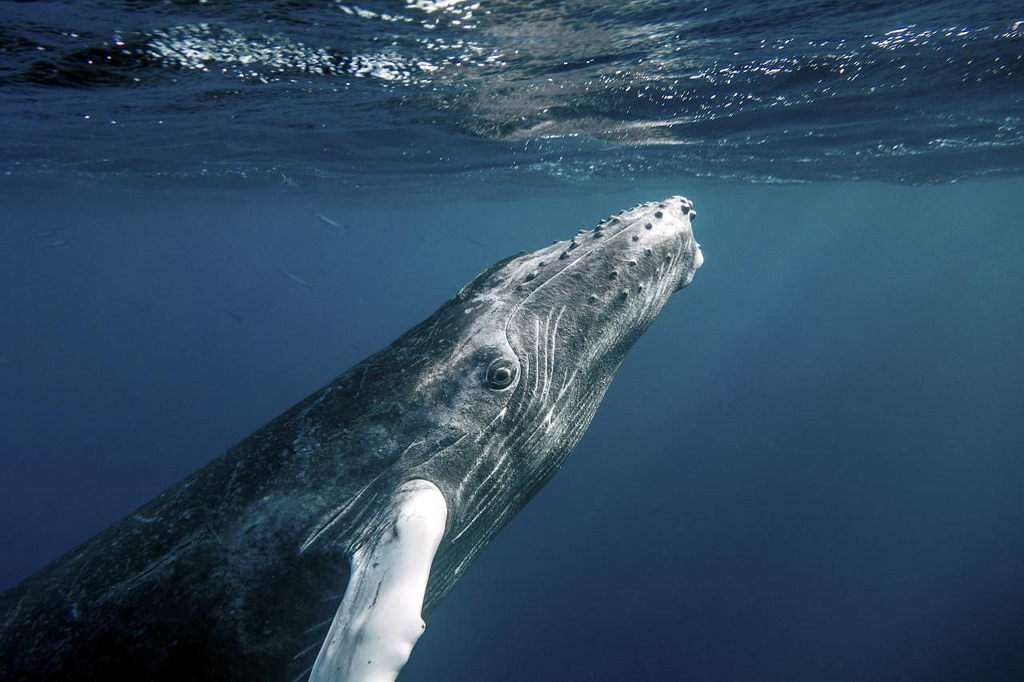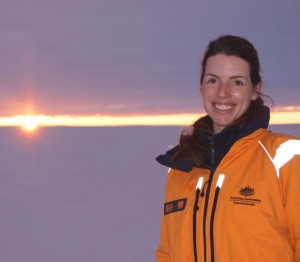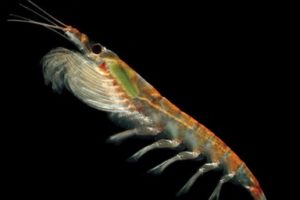
A Griffith University-led study has provided the first evidence of mercury accumulation in humpback whales and looked at levels in other marine megafauna foraging in the Southern Ocean.
Conducted in collaboration with the Australian Antarctic Division, the British Antarctic Survey and the University of Southern Demark, the study found mercury levels increased along the Antarctic food chain, however relatively low levels were found in whales' skin and blubber.

"Mercury is a potent neurotoxin," said lead researcher Associate Professor Susan Bengtson Nash from the Centre for Planetary Health and Food Security.
"But how this neurotoxin cycles between the living organisms and the environment in the remote Antarctic region is poorly understood, particularly in the context of a rapidly changing Antarctic climate."
The researchers assessed the potential use of humpback whales as bioindicators of mercury under the Minamata Convention, an international treaty that came into effect in 2017 designed to monitor mercury exposure and protect human and environmental health from harmful impacts.
"We need systems in place for long-term monitoring of mercury levels in the environment, but these are challenging to effectively implement in the remote Antarctic region," Associate Professor Bengtson Nash said.
"Our goal was to evaluate the potential use of humpback whales as sentinels of mercury accumulation in the Antarctic sea-ice ecosystem."
The research team found the greatest amounts of mercury in Antarctic fur seals, with high levels also recorded in three Southern Ocean species of petrel.

Krill, at the bottom of the Antarctic food web, had the lowest levels of mercury, however, levels varied with the krills' life stage, reflecting the differences in ice and open ocean foraging.
The second highest levels of mercury among the Southern Ocean species analysed was found in humpback whale muscle.
"Interestingly, mercury accumulation in the whales' blubber and skin were relatively low, more than 100 times lower than that in the muscle," Associate Professor Bengtson Nash said.

"The low level of mercury found in the whales' skin and blubber, and the apparent lack of bioaccumulation between Antarctic krill and these tissues in humpback whales, likely masks preferential storage of mercury in other body tissue like the muscle."
"That means, before we can use non-invasive skin and blubber samples from humpbacks as to evaluate mercury accumulation, we need an accurate understanding of how mercury distributes throughout the whales' various body tissues, in order to relate these back to levels in the blubber."
"Such investigations will pave the way for the inclusion of mercury monitoring into the Humpback Whale Sentinel Program, a long-term biomonitoring program for circum-polar surveillance of Antarctic climate change and pollution.






